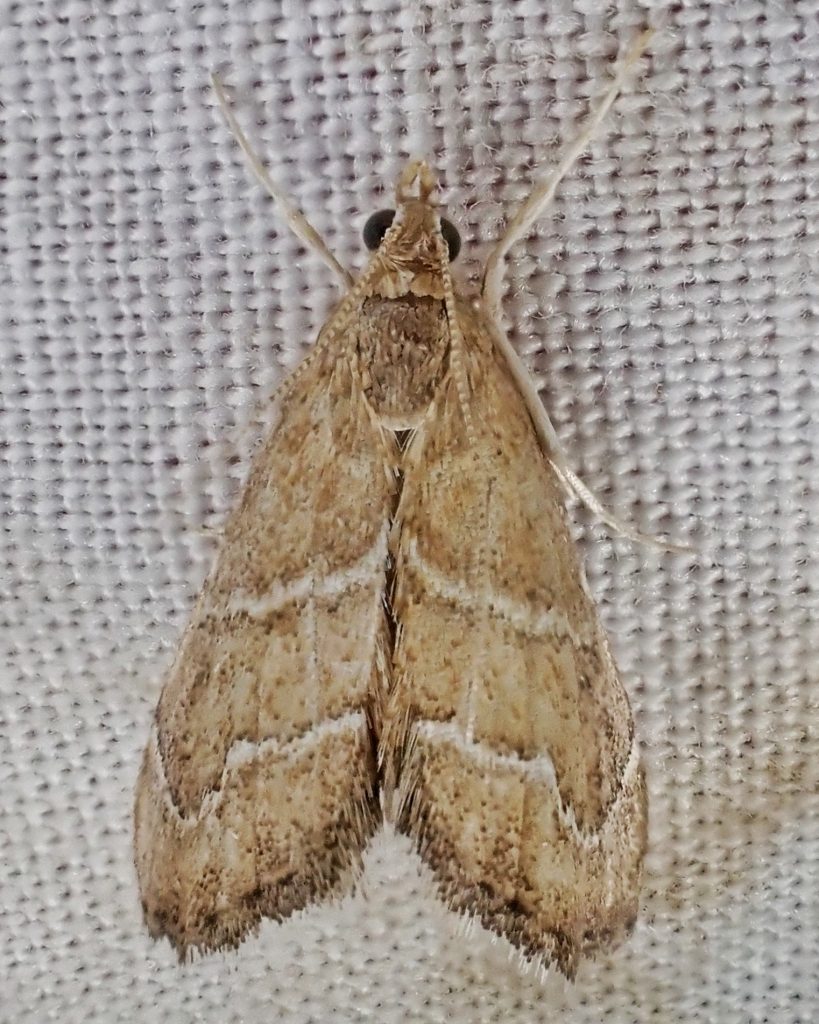
This is yet another moth for which I can find almost no definitive information. It is a handsome and subtly distinctive member of the family Crambidae, and I found entries for this species in “Moths of Western North America” and in fascicle 13.1b of “Moths of North America”, but other than a description they don’t have much information. It appears to either be rare or, more likely, under surveyed west of the Cascades, because I found no records for that area on either BugGuide, MPG, or iNaturalist. And 5 of the 6 records for our whole region came from Carl Barrentine in Spokane (the other was from Okanagan in BC).
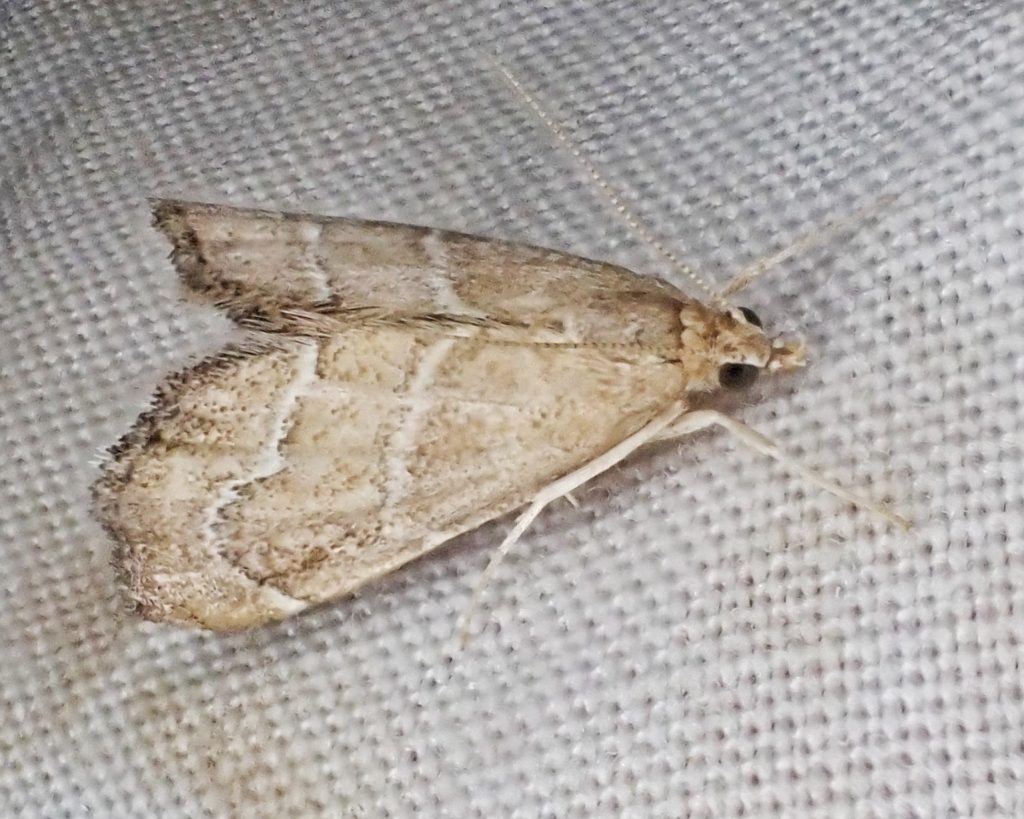
Because I could find no habitat or larval host information for this species I’ll mention that Carl lives amidst a suburban pine forest, while I found this specimen alongside Canyon Creek in an area dominated (as I talked about in 9th night of Moth Week) by alder, maple, willow, and a large patch of himalayan blackberries, at the base of a hill that is mostly Doug-fir, western hemlock, and western red-cedar. Besides them both having conifers, I’m not sure what other botanical similarities these locations share, except that there is a creek about a quarter mile downhill from his backyard, and I seem to remember seeing willows there. Also, Carl’s place only gets about a third of the precipitation that the Canyon Creek area receives, as well as there being at least 3 times as many days where the temperature doesn’t get above freezing in Spokane as there are in that part of Clark County.
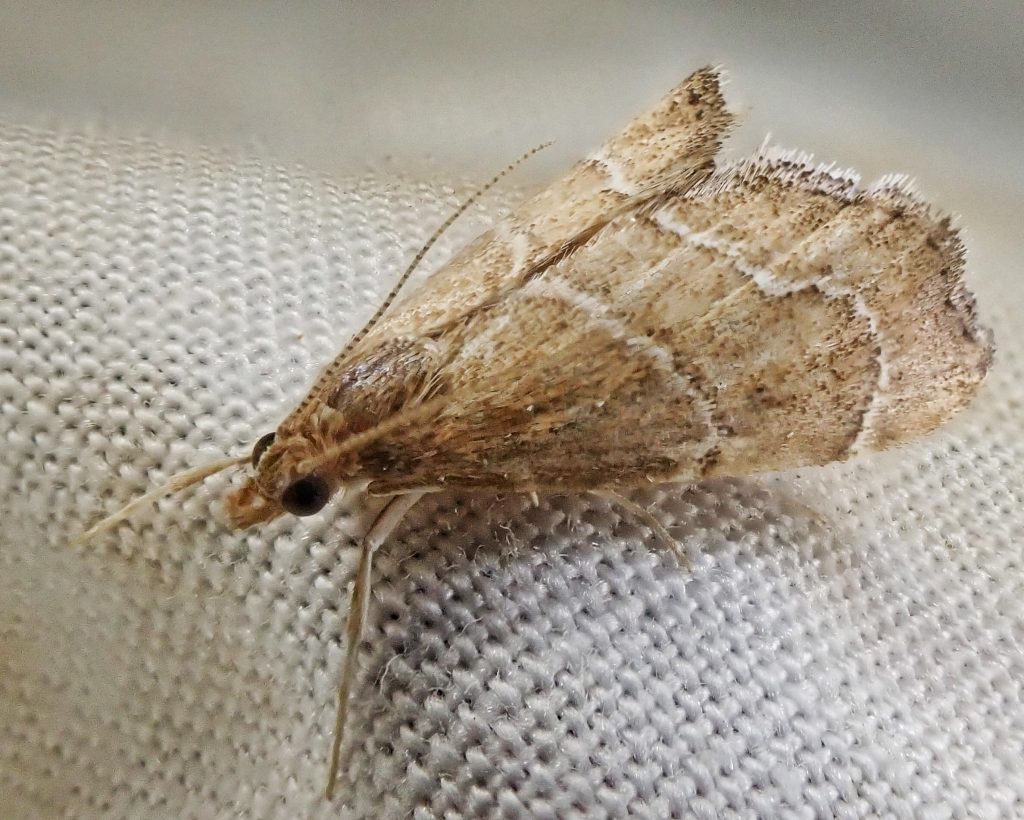
Description– Small (fw length 6-9mm) tan to brownish orange moth with a light colored antemedial line that is somewhat jagged and curves upward near the costa, a postmedial line that is irregular and curves upward near the costa, and a lack of any orbicular, reniform, or clavicular spots.
Similar species– It doesn’t appear that there is anything else in our region that has this combination of small size, shape of the antemedial and postmedial lines, and a lack of any spots.
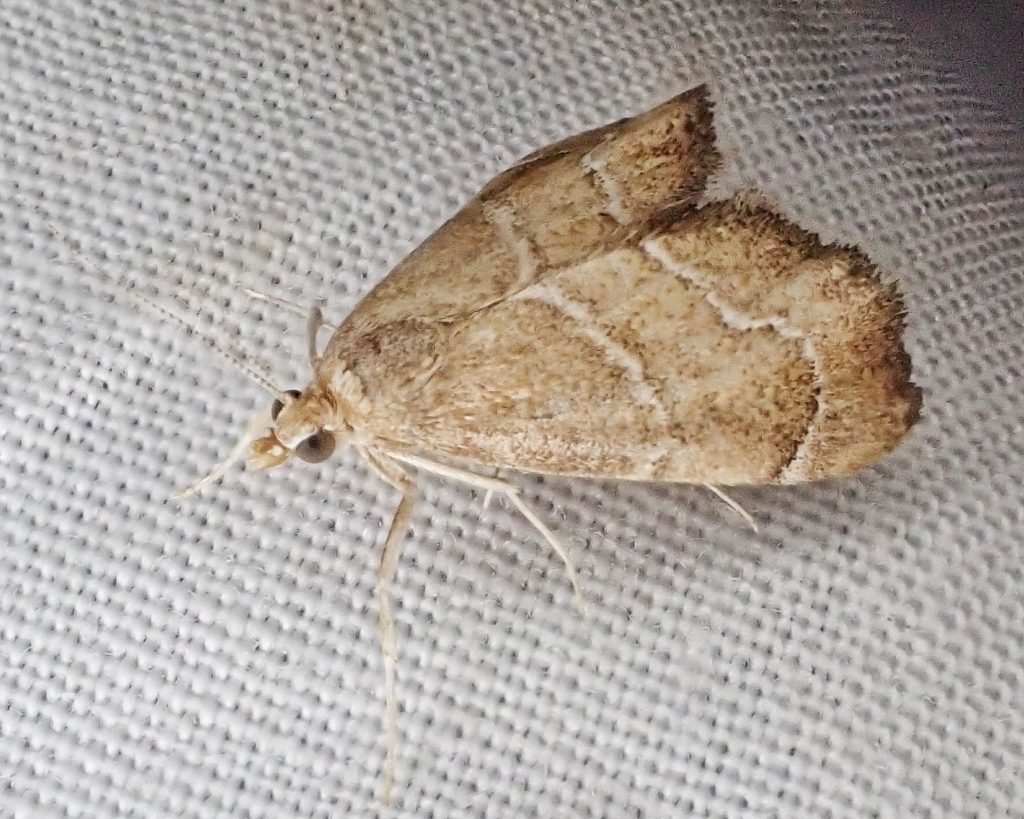
Habitat– I can find no information on habitat for this species.
Range– Western North America; the only records, besides mine, that I can find for our region are from Spokane and Okanagan.
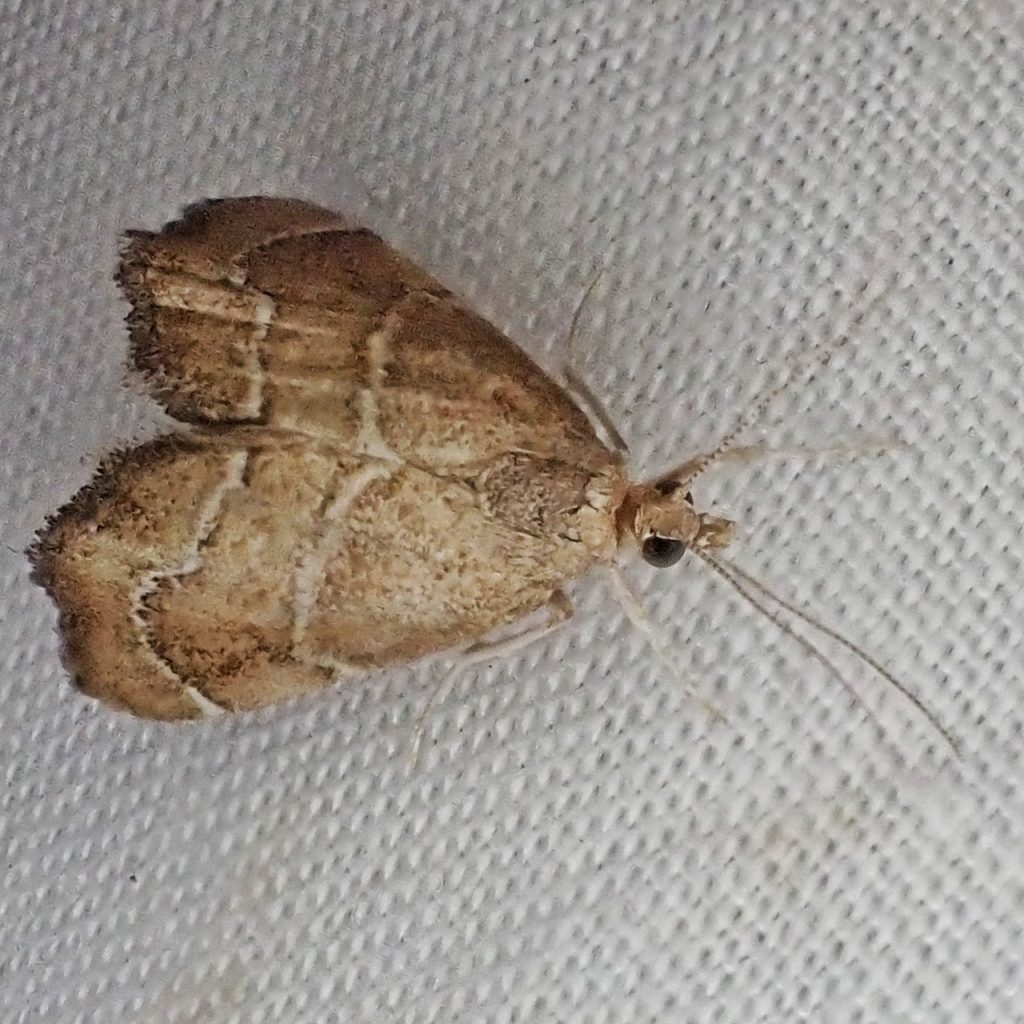
Eats– I can find no information on larval hosts or adult food sources
Eaten by– Presumably a host for parasitoids in Hymenoptera and Diptera, and probably preyed upon by insectivores of all classes, but I can find nothing specific for this species.
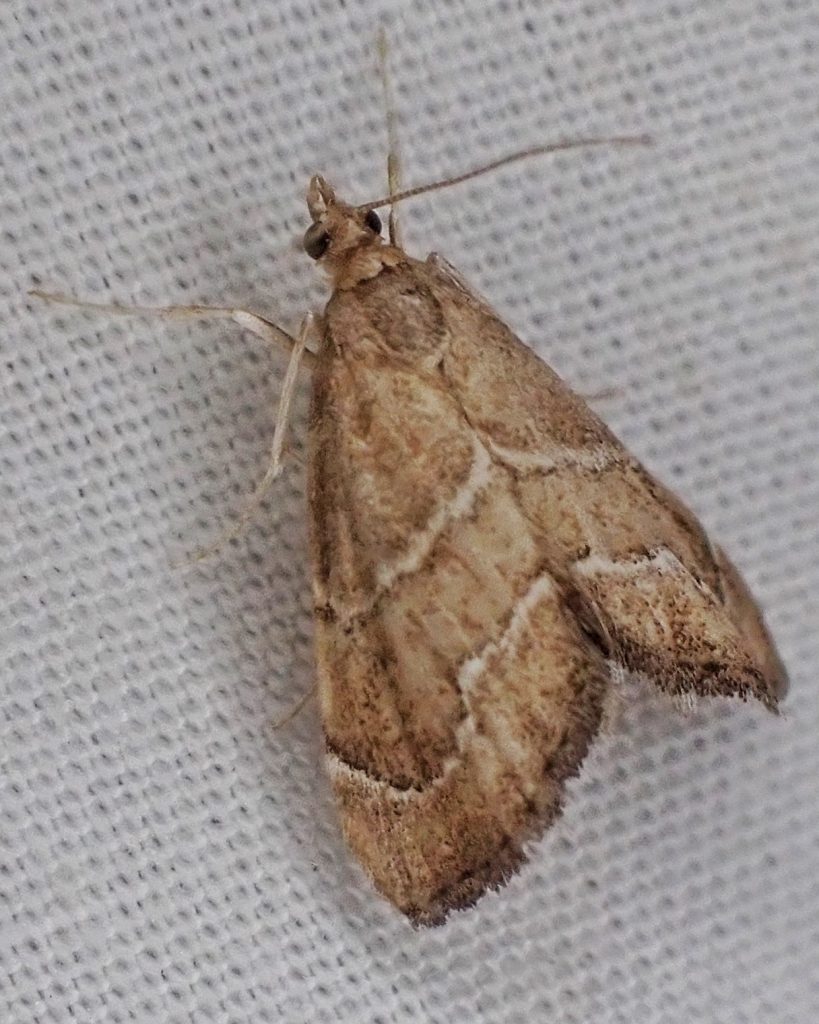
Adults active– April to September
Life cycle– Bi- or multivoltine, but the early stages are apparently unknown
Etymology of names– Stegea may be from the Greek word for ‘roof’, and may refer to the tented way the members of this genus hold their wings, but I cannot access EG Munroe’s original description of this genus. The specific epithet salutalis may be from the Latin word for ‘greeting’ or the word for ‘beneficial’, but Hulst does not say for sure, nor does he mention what it references.
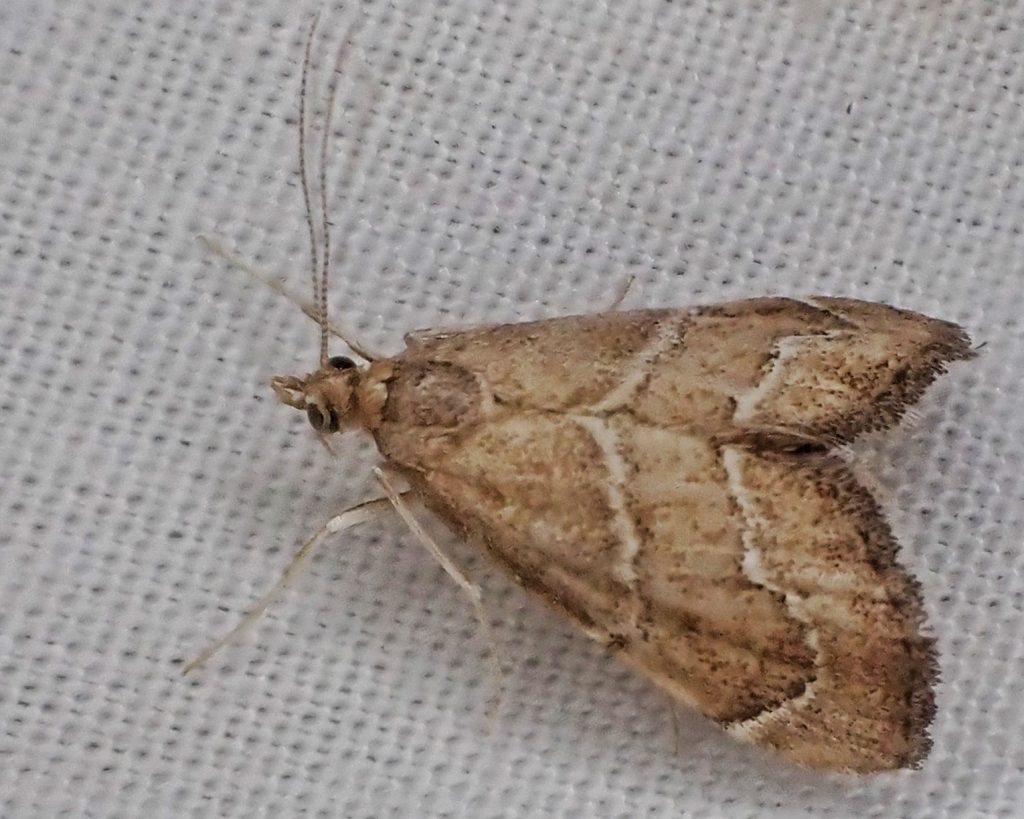
Species Stegea salutalis – Hodges#4865 – BugGuide.Net
https://images.peabody.yale.edu/mona/13-1B-ocr.pdf
http://mothphotographersgroup.msstate.edu/species.php?hodges=4865
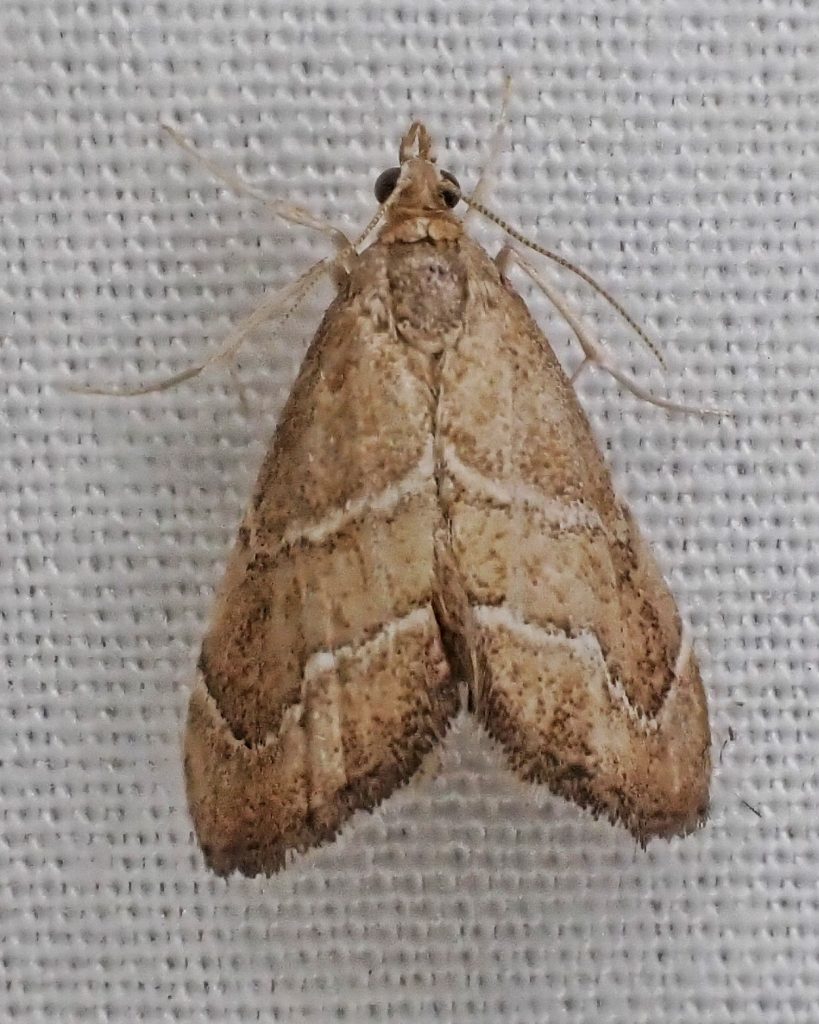
Moths don’t get enough attention!
I agree, Andrea! That’s why I did all of those blogs about Moth Week!